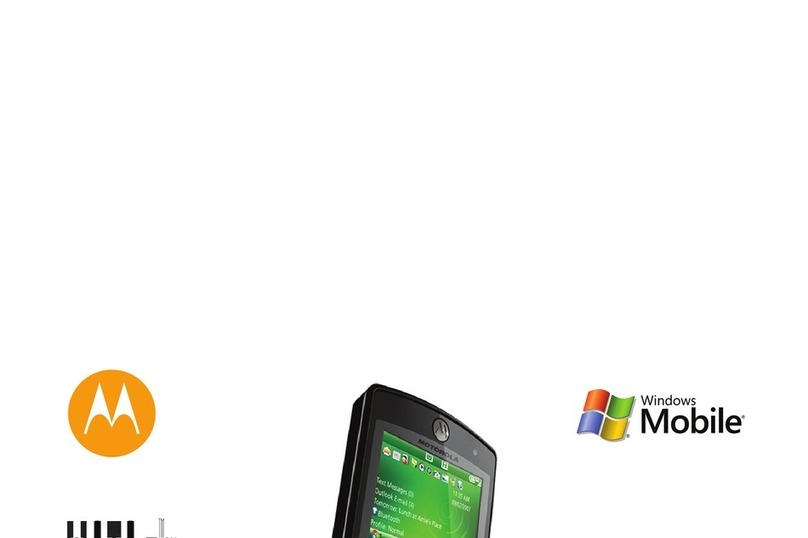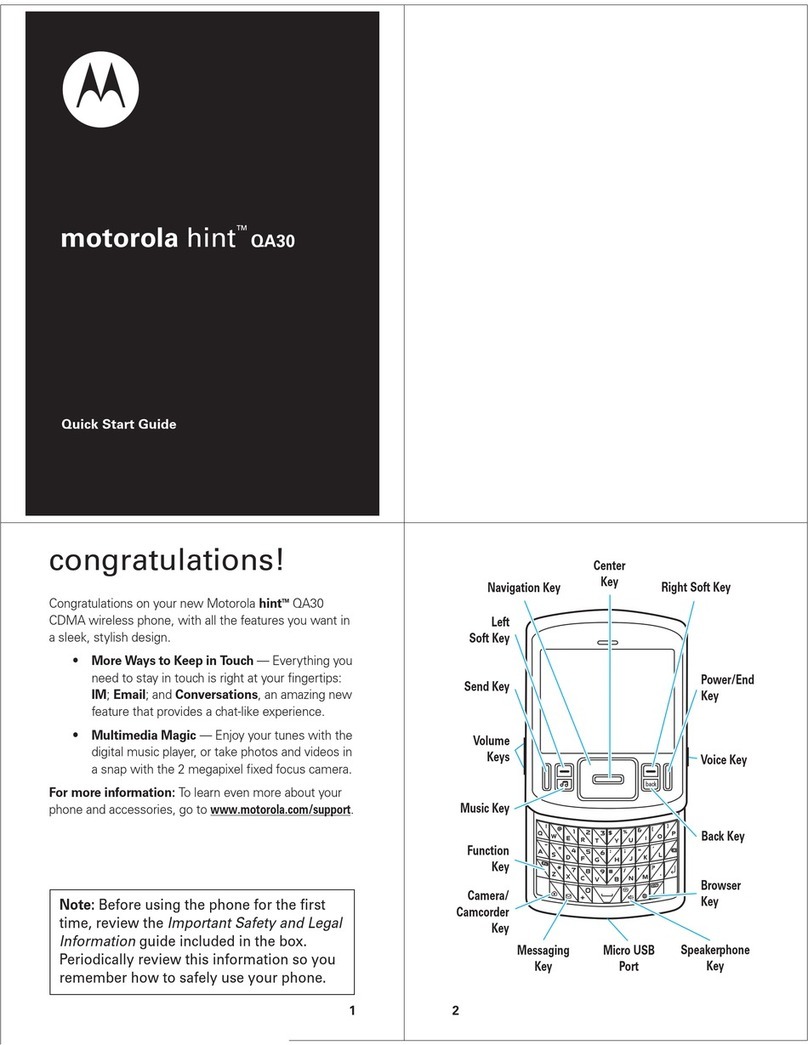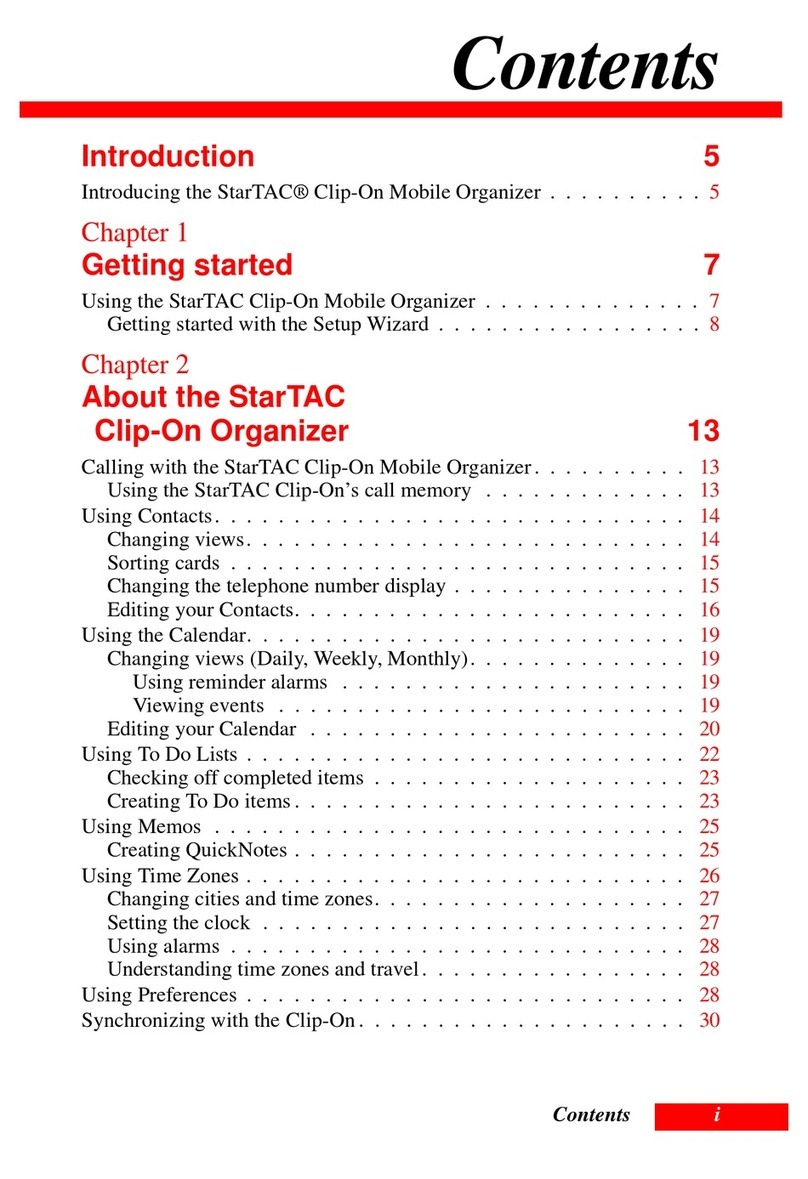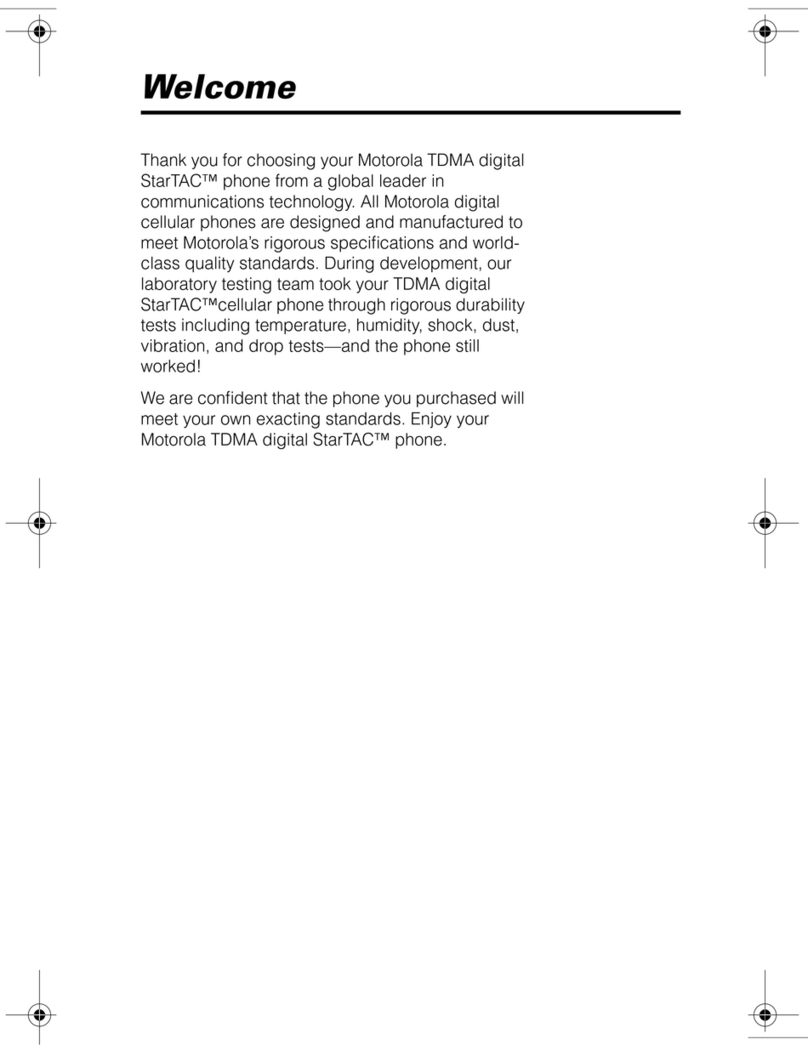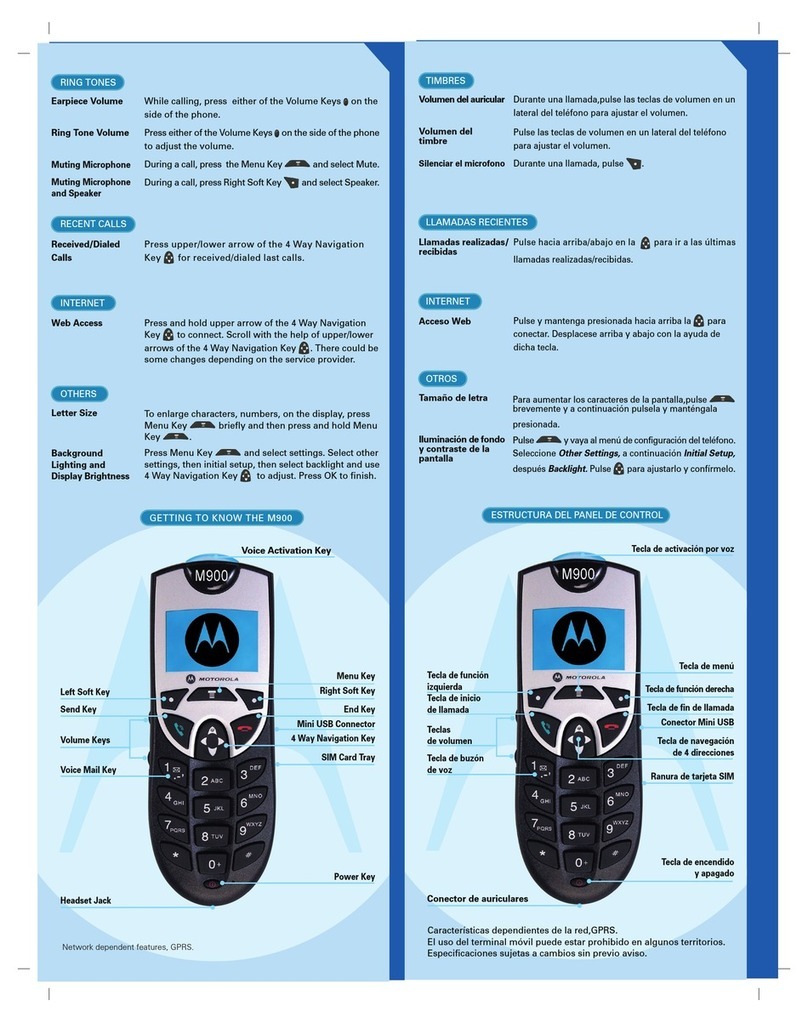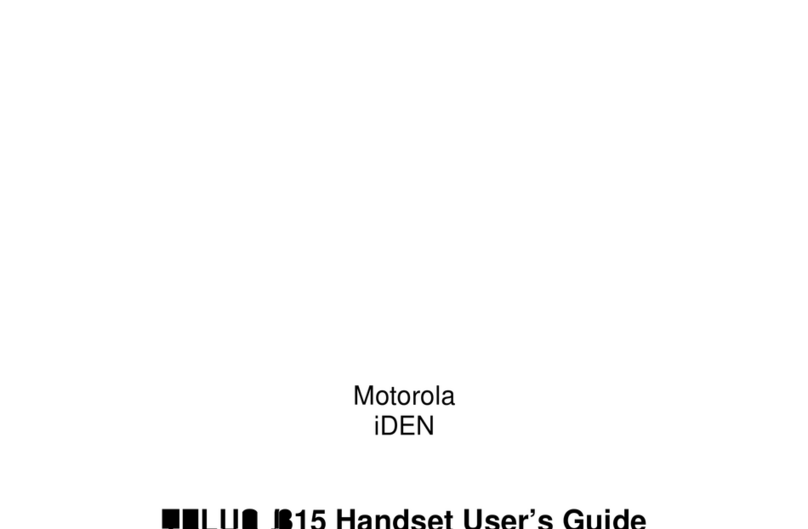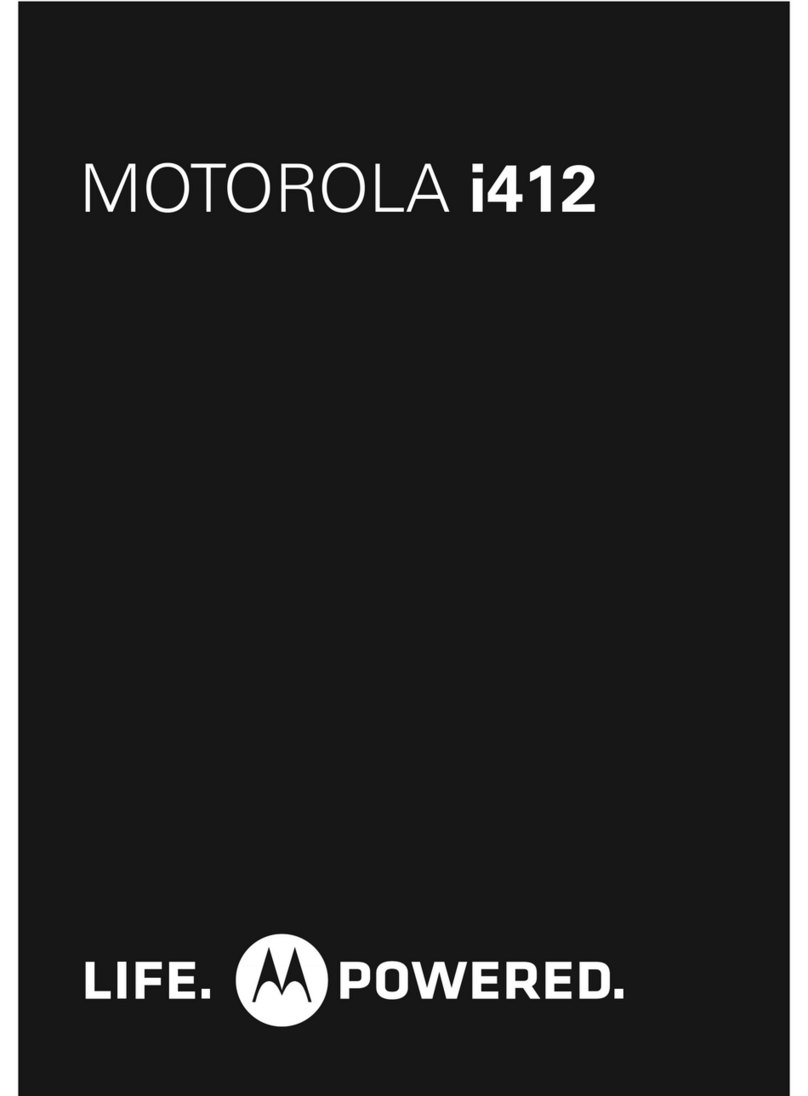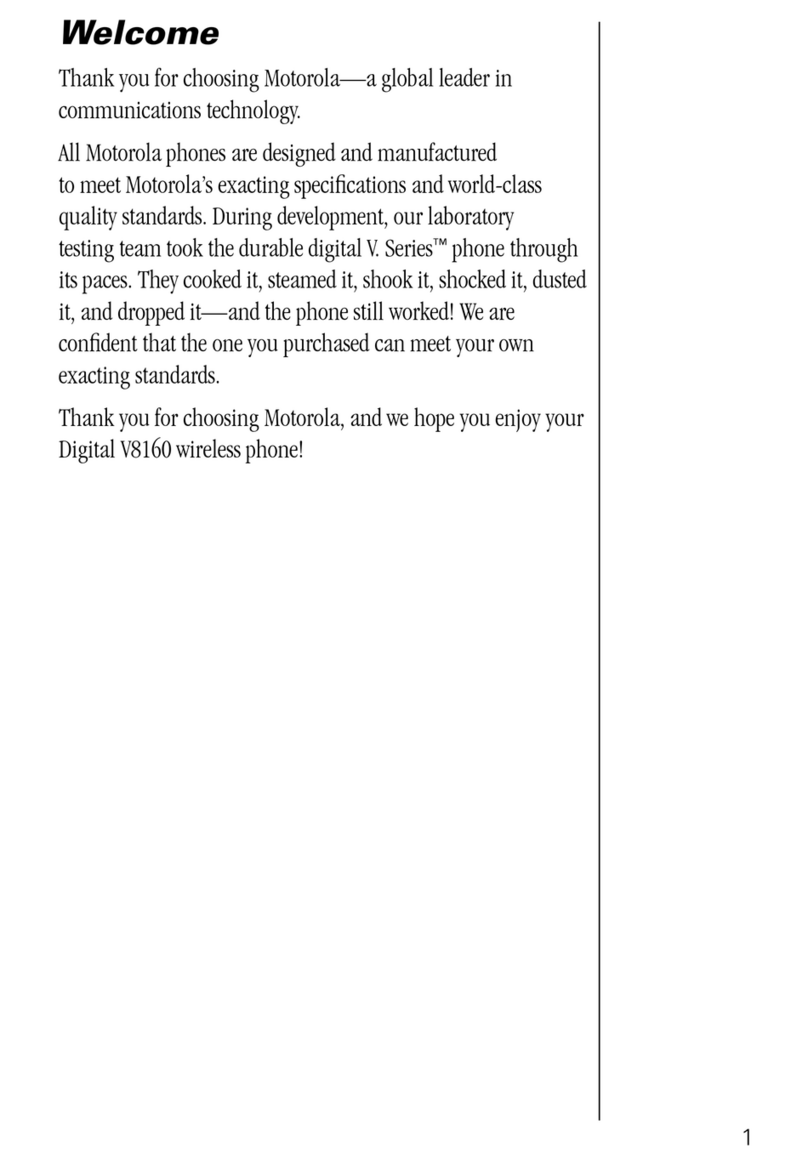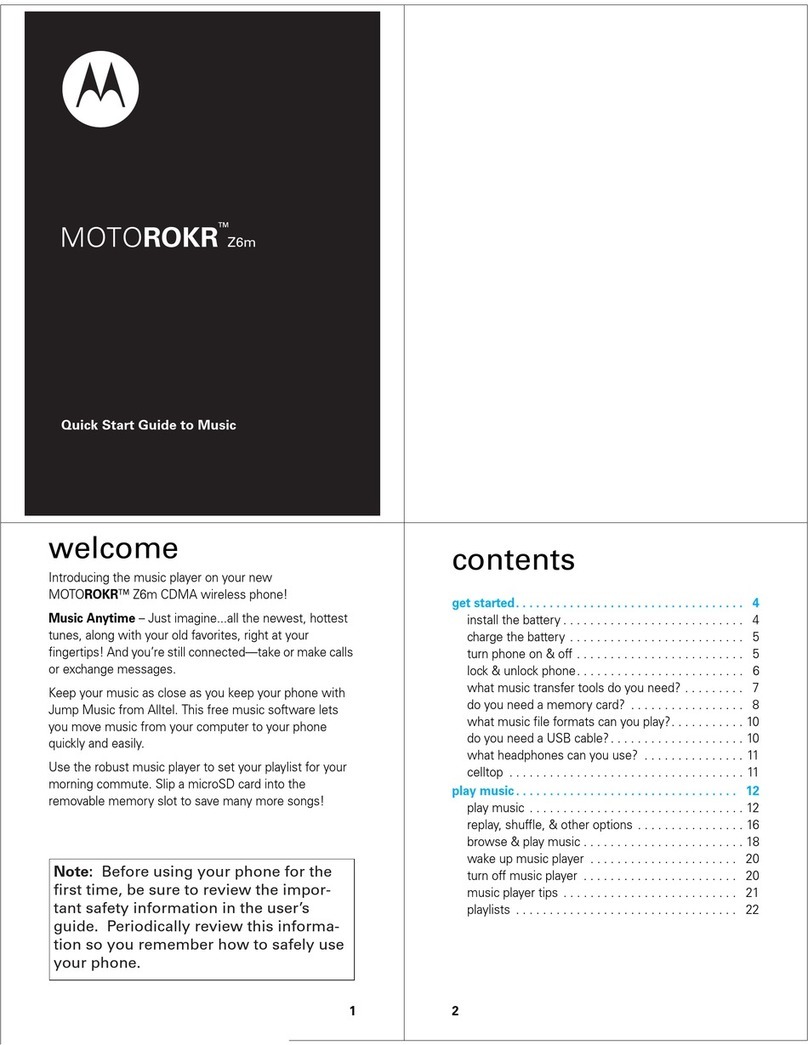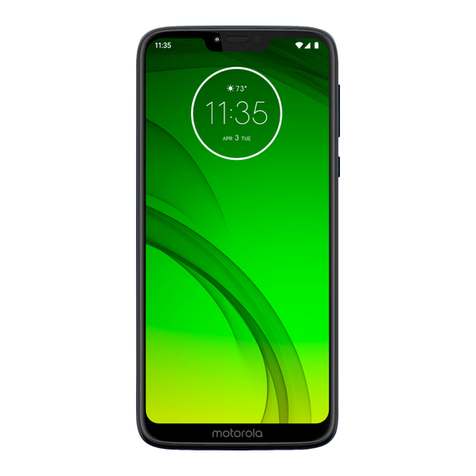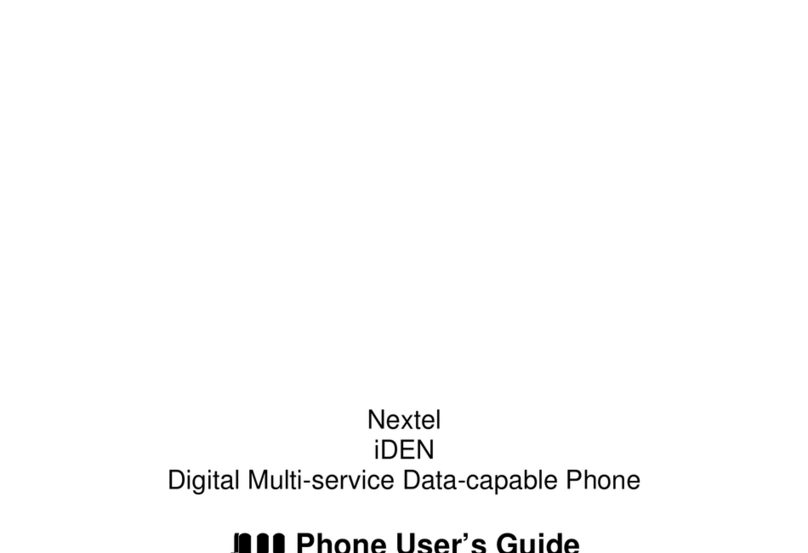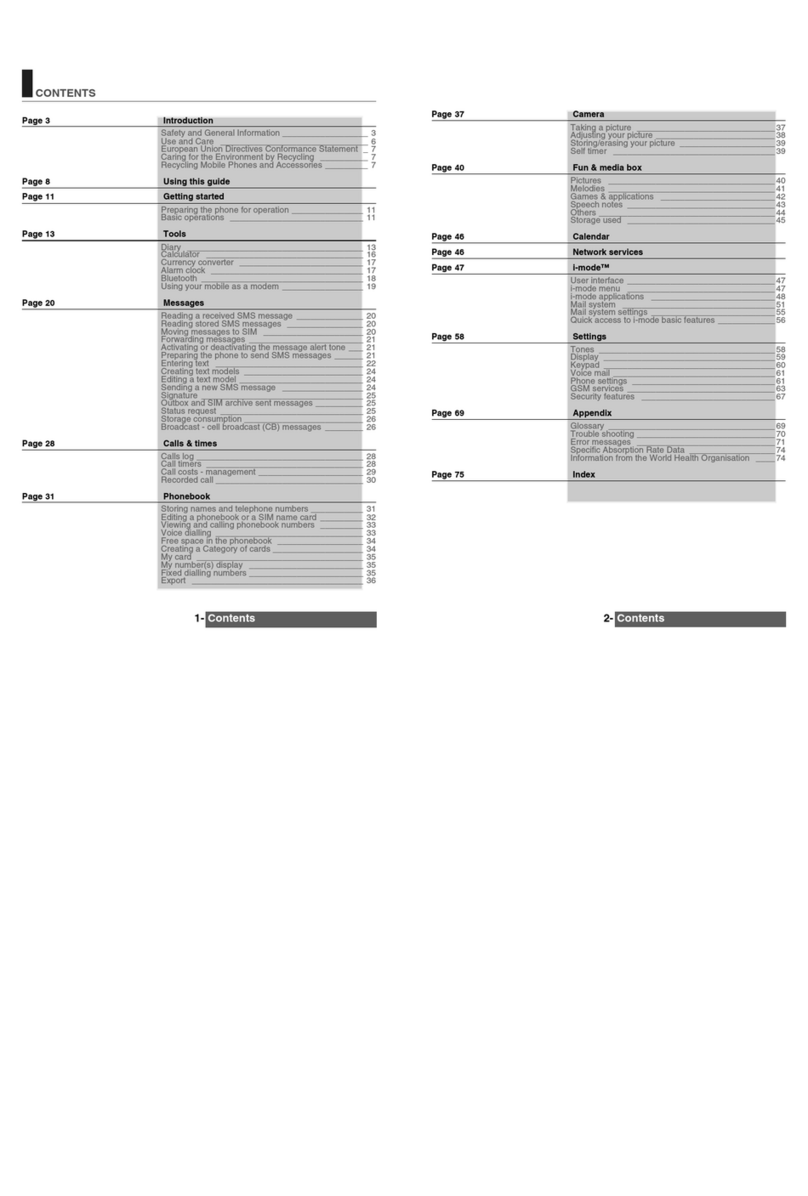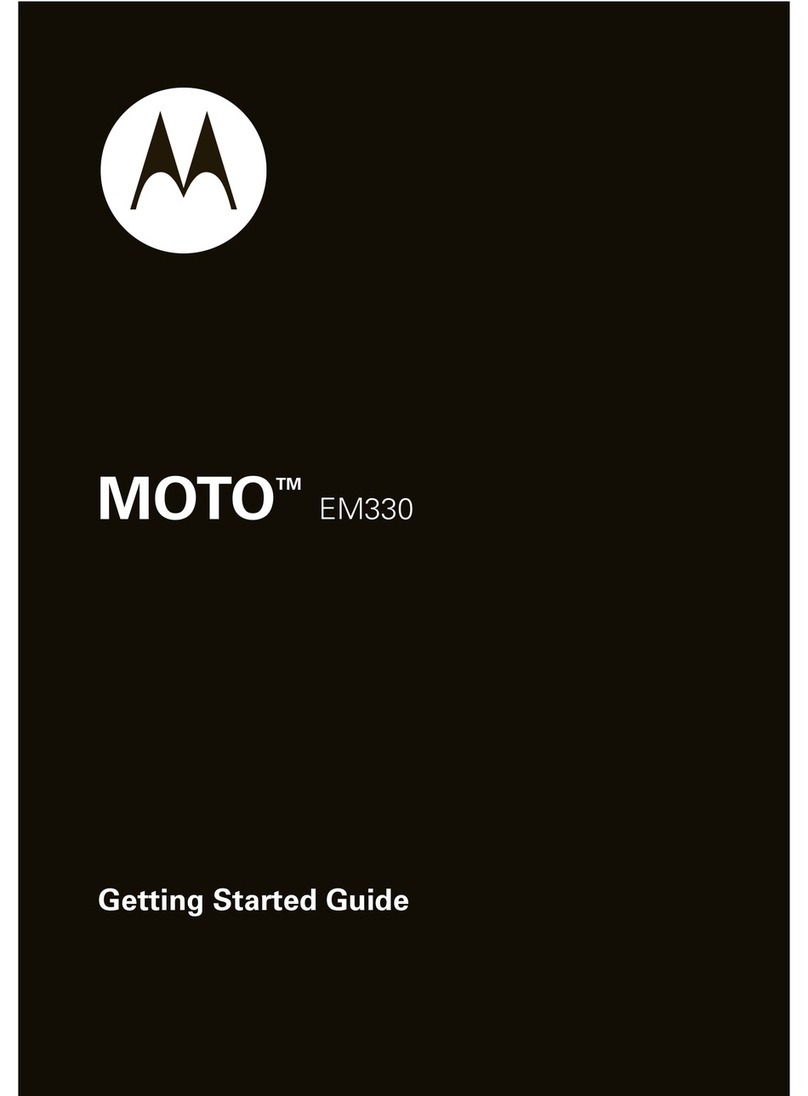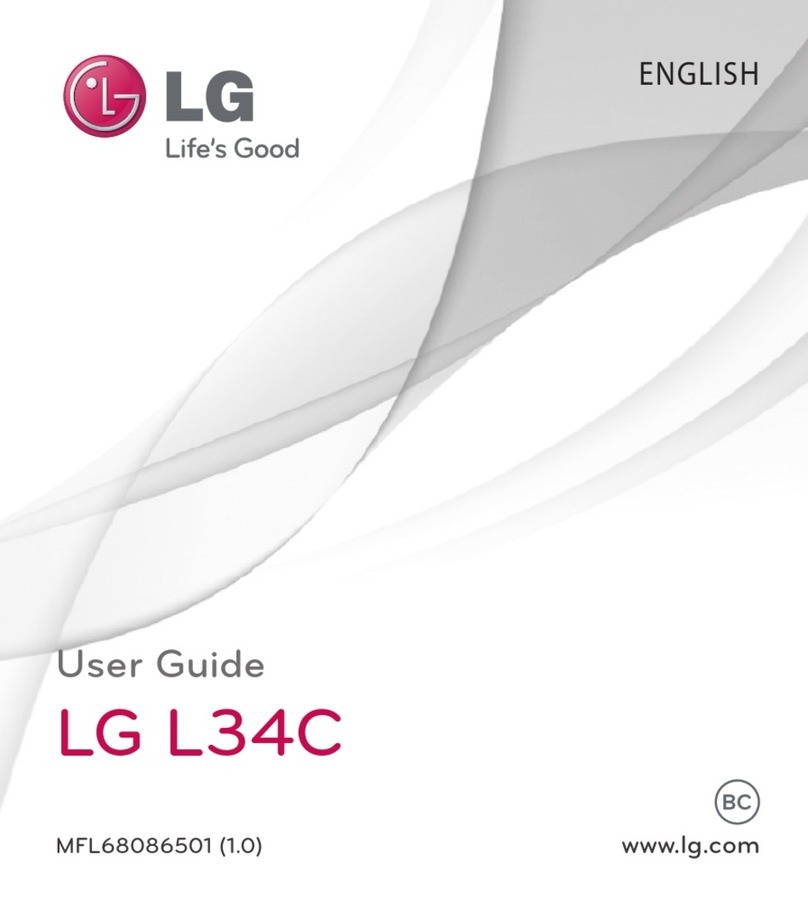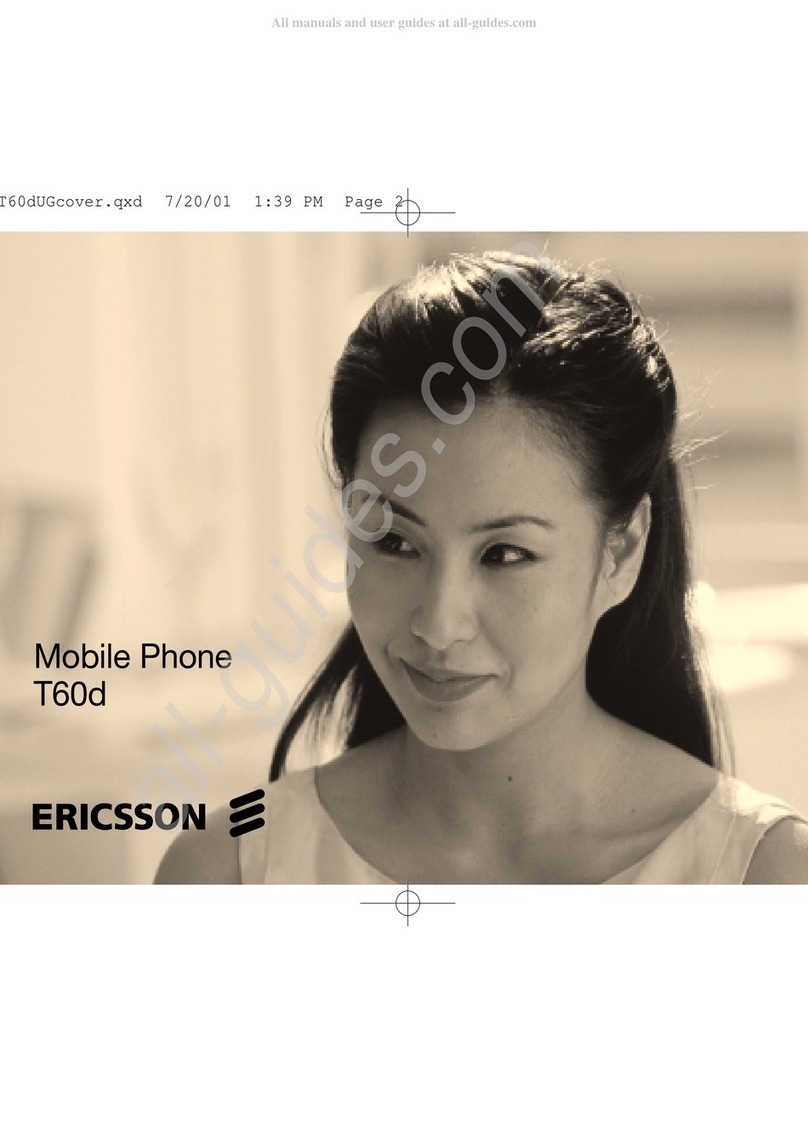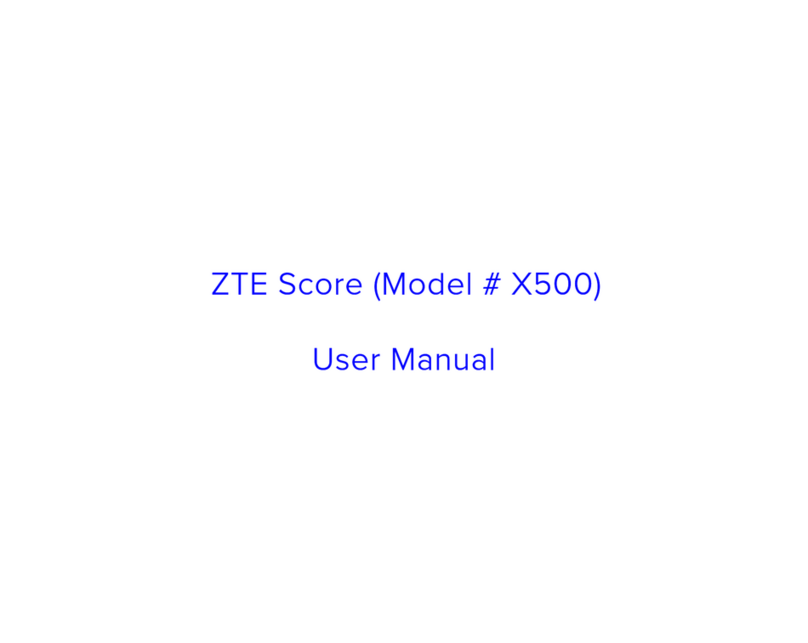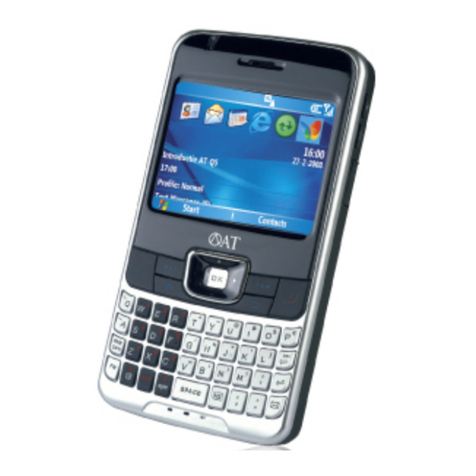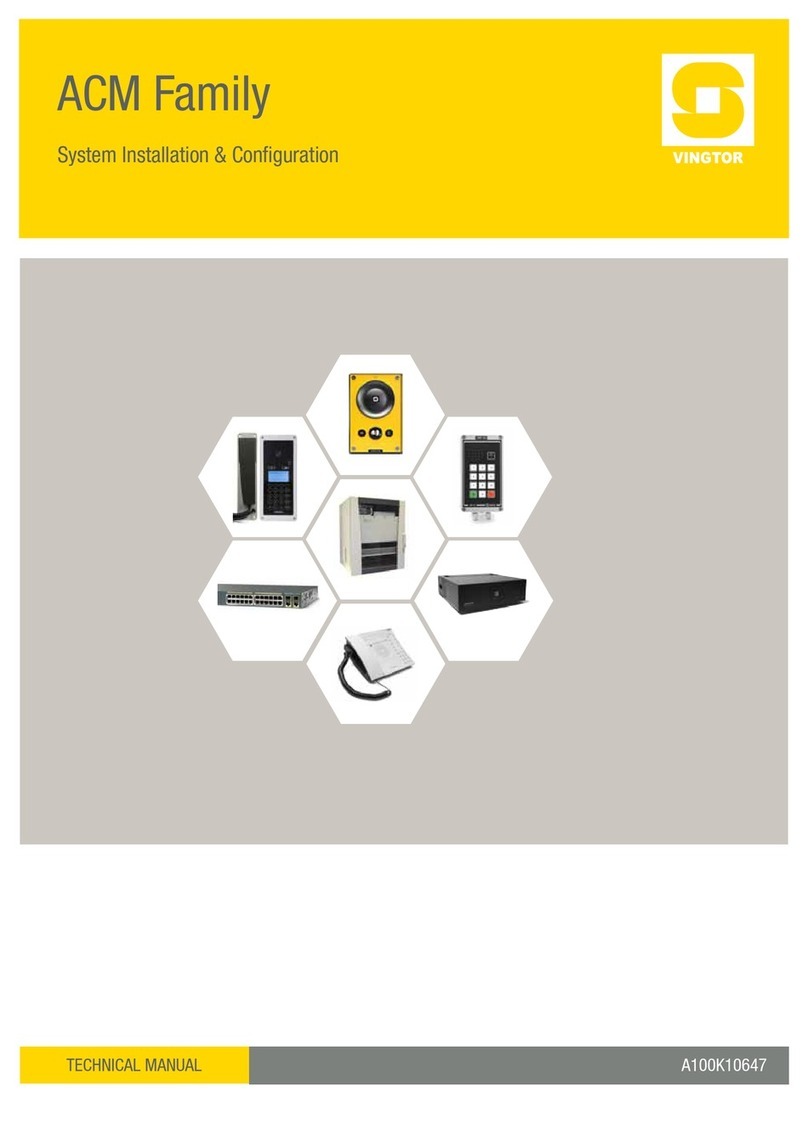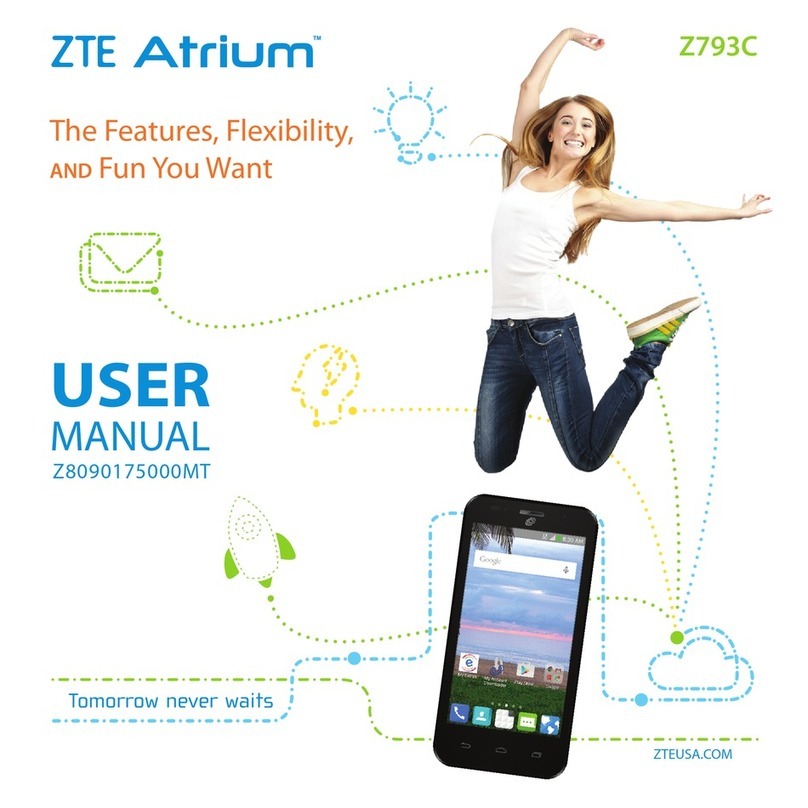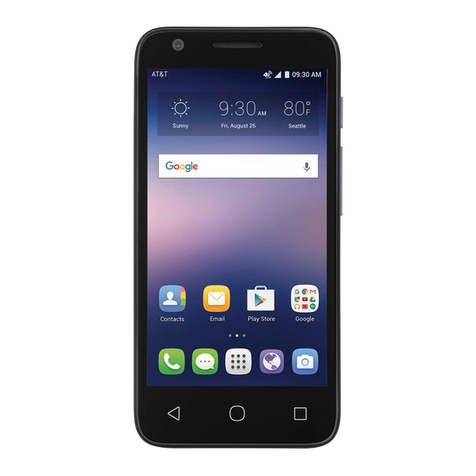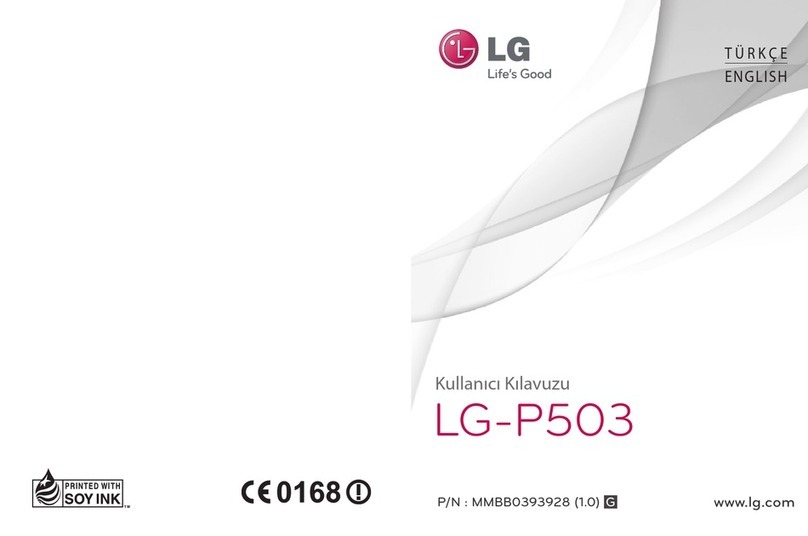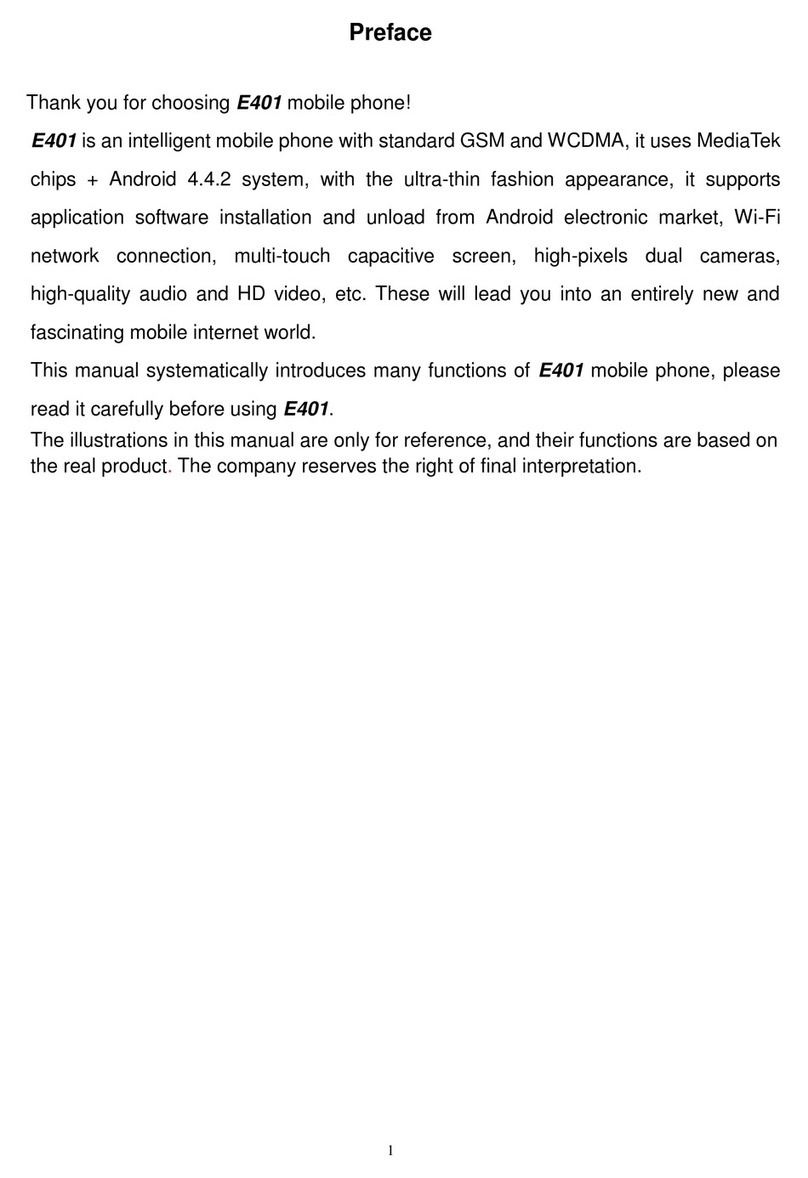
7
Safety Information Phone
Operation
Normal Operation:
Holdthephoneasyouwould any other telephone, withtheantenna
pointedupandoveryourshoulder.
Tips on Efficient Operation:
Observethefollowingguidelinestooperate your phone most efficiently:
•Extend your antenna fully, if applicable.
•Donottouchtheantenna unnecessarily when thephoneisinuse.
Contact with the antenna affects call quality and may cause the
phone to operate at a higher power level than otherwise needed. Batteries
Caution: Allbatteriescancausepropertydamage, injury,orburnsifa
conductivematerial,suchasjewelry,keysorbeadedchains,touches
exposedterminals.Thematerialmaycomplete an electrical circuit and
becomequitehot.Toprotectagainst such unwanted currentdrain,
exercisecareinhandlinganychargedbattery,particularlywhenplacingit
insideyourpocket,purse,orother container with metal objects.Whenthe
batteryisdetachedfromthephone, your batteries are packedwitha
protectivebatterycover;pleaseusethis cover for storing yourbatteries
whennotinuse.
Driving
Checkthelawsandregulationson the use of wirelesstelephonesinthe
areaswhereyoudrive.Alwaysobey them.Observethefollowingguidelines
whenusingyourphonewhiledriving.
•Givefullattentionto driving–driving safely is your first responsibility;
•Use hands-free operation, if available;
•Pull off the road and park before making or answering a call if
driving conditions so require. Electronic
Devices
Mostmodernelectronicequipmentisshielded from RF signals. However,
certainelectronicequipmentmaynotbe shielded against the RFsignals
fromyourwirelessphone.
Pacemakers
TheHealthIndustryManufacturersAssociationrecommends that a
minimumseparationofsixinches(6") be maintained between a
handheldwirelessphoneandapacemaker to avoid potential interference
withthepacemaker.Theserecommendationsareconsistentwiththe
independentresearchbyandrecommendationsof Wireless Technology
Research.
